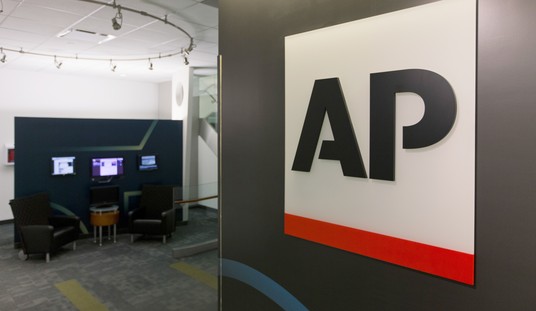NASA’s unmanned Artemis I mission ended on Sunday morning when the Orion capsule made a perfect landing in the Pacific Ocean. The 24-day mission was designed to put Artemis 1 through its technological paces in preparation for the first manned Artemis mission in 2024.
By all reports, the machine performed nearly flawlessly. The SLS is the first manned system designed to fly beyond near-earth orbit, and its trip to the moon was uneventful.
Splashdown.
After traveling 1.4 million miles through space, orbiting the Moon, and collecting data that will prepare us to send astronauts on future #Artemis missions, the @NASA_Orion spacecraft is home. pic.twitter.com/ORxCtGa9v7
— NASA (@NASA) December 11, 2022
The Artemis missions will eventually take NASA astronauts back to the moon and to Mars and beyond. But there are many questions about the future of the government program to put man back on the moon after the huge cost overruns and delays. In 2012 when the Space Launch System (SLS) rocket and Orion capsule were first proposed, NASA estimated that each Artemis mission would cost $500 million per mission and be ready by 2017.
But after five years of delays and billions of dollars in cost overruns, NASA’s auditor says that the per-mission cost has skyrocketed to $4.1 billion. NASA Inspector General Paul Martin says there are other costs as well.
“It’s a challenging development [process], of course, but we did see very poor contractor performance on Boeing’s part — poor planning and poor execution,” Martin said. “We saw that the cost-plus contracts that NASA had been using to develop that combined SLS and Orion system work to the contractors rather than NASA’s advantage, and for NASA’s part we saw poor project management and contract oversight.”
Martin added that those costs do “not include development costs required to get the Artemis program to this point in time.”
NASA is expected to spend $93 billion between 2012 and 2025 when NASA expects to land on the Moon with Artemis III. But that date is already slipping. NASA has yet to develop a moon lander or a new spacesuit that would allow astronauts to work in the unforgiving environment on the moon. What’s more, Artemis II won’t be ready to go for two years.
In an interview this summer, Bill Nelson, the NASA administrator, vented about the gap between Artemis I and Artemis II. “I have been raising Cain,” he said. “If this first mission is successful and meets the goals and is safe for the astronauts, why can’t we get it quicker than two years?”
Mr. Nelson said that years ago, to save money, NASA decided to reuse some of the electronics equipment, known as avionics, from the Artemis I Orion capsule in the new Orion capsule for Artemis II. “It takes them two years to take the avionics out and redo them,” Mr. Nelson said, “which is very frustrating to me, but it is what it is.”
It’s too much, and I would expect NASA to shelve the Artemis program after the 2024 manned flight. The fact is, Elon Musk can get us to the Moon faster and cheaper.
Starship is the fully reusable rocket that SpaceX is developing, with the goal of creating a vehicle that can carry cargo and people to the moon and Mars. SpaceX CEO Elon Musk recently estimated that Starship’s development cost would be 5% to 10% of the Apollo-era Saturn V rocket — which, at an inflation-adjusted $50 billion, puts Starship’s development cost at $2.5 billion to $5 billion.
Beyond a development cost at a fraction of SLS, SpaceX also expects the cost per launch will be far less expensive, with Musk saying last month that he is “highly confident it would be less than $10 million.”
Artemis is not about space as much as it is about politics. Powerful congressmen had subsystems of the SLS built in their congressional districts, creating tens of thousands of jobs — jobs that would be lost if Congress pulled the plug on the project.
But eventually, the reality of that stupendous cost per mission will sink in, and the program will probably be terminated. It’s not like the Webb Telescope where cost overruns were accepted and understood as part of the process of building a revolutionary scientific instrument. Artemis was about building a glorified space buggy using techniques invented in the 1960s, and Martin pointed out the “poor performance” of the contractors and NASA’s slipshod management resulted in the excess costs and delays.
It’s a shame because think what NASA could do with that $93 billion if they weren’t pouring it into this black hole of a project.










Join the conversation as a VIP Member